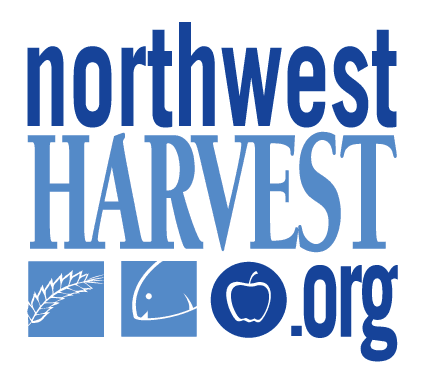Hello, readers! May is Mental Health Awareness Month, and so I’m going to be a little bit more serious than usual: today’s blog post is about prioritizing one’s mental health, and how I have done so over the past year and a half. I briefly mentioned that I started going to therapy sessions in my 2021 recap post, but I wanted to dedicate a post specifically to this topic.
My health realization #1: I should have started therapy years ago!
Regularly talking to a therapist for the past year and a half has greatly decreased my stress levels, improved my work/life balance, and positively impacted my overall mental health. I developed bad working habits early in my career that have been hard to break — first and foremost, I just simply work too many hours out of fear that I’m not contributing enough to justify my salary. I struggle with perfectionism. However, I’ve improved my relationship with my work by setting better boundaries, and I’ve also focused on improving other areas of my life — like making sure I stay on a consistent sleep schedule.
Some of the things I’ve done to break my bad habits:
- I rarely work in the evenings now
- I keep my work laptop and phone in my office (something I’ve done for a long time, but continue to do)
- I block out my calendar in the afternoons in order to have more focused time
- I decline more meetings that don’t have agendas or don’t fit into my typical working hours
- I try to go to sleep around the same time every night, and try my hardest to get at least 7 hours of sleep



